 丁香医生审稿专业委员会同行评议通过
丁香医生审稿专业委员会同行评议通过一个月不打扫卫生,家里会变成什么样?
对于搞卫生,全世界的人大概分为两种:
- 每天都必须打扫的洁癖型
- 间歇发作性打扫的邋遢型

这两种人的分歧,为夫妻吵架、亲子相争、室友矛盾……贡献了太多力量。
而争论中,一个焦点是:不经常收拾屋子到底会咋样?会对健康造成实质性危害吗,还是爱打扫的人太矫情?
一个月不收拾,究竟会带来什么危害?
不爱打扫的人,往往有一套理论,叫做:「不干不净,不爱生病」。
对免疫系统正在发育中的儿童,这个说法确实有一定科学根据,提倡小朋友们多亲近自然、多户外活动。
但是!不干不净,不等于在卫生方面放飞自我。
打喷嚏、皮肤痒、小疙瘩……不少你身体的小问题,可能都和家里藏着的脏东西有关。
首先,一个冷知识:室内往往比室外更「脏」。
室内排放贡献了室内空气约 94% 的 PM 10 粉尘、约 97% 的细菌和约 91% 的真菌。在很多家中,这些污染物的浓度可以达到室外的两倍,甚至好几倍。
现代人主要在室内活动,很多儿童更是每天居家 22 小时。这种情况下,室内空气中的 PM 2.5~10 粉尘每立方米每增加 10 μg,就会让孩子出现哮喘症状的天数增加 6%。
而这些问题,大多都可以通过打扫来解决。
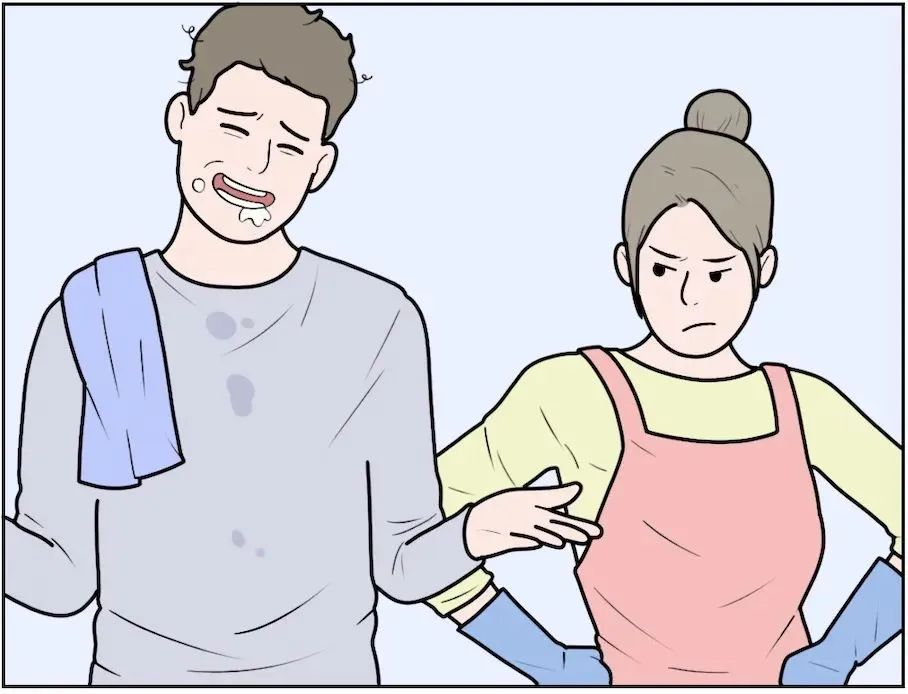
好。
假设从现在开始,你们两口之家停止收拾卫生一个月,但家庭成员依然住在家里,并且保持做饭、洗衣服、丢垃圾等生活习惯。
家里会发生什么变化,又会对健康带来什么影响?
第一天:看着挺干净,但……
卧室、客厅
Livingroom
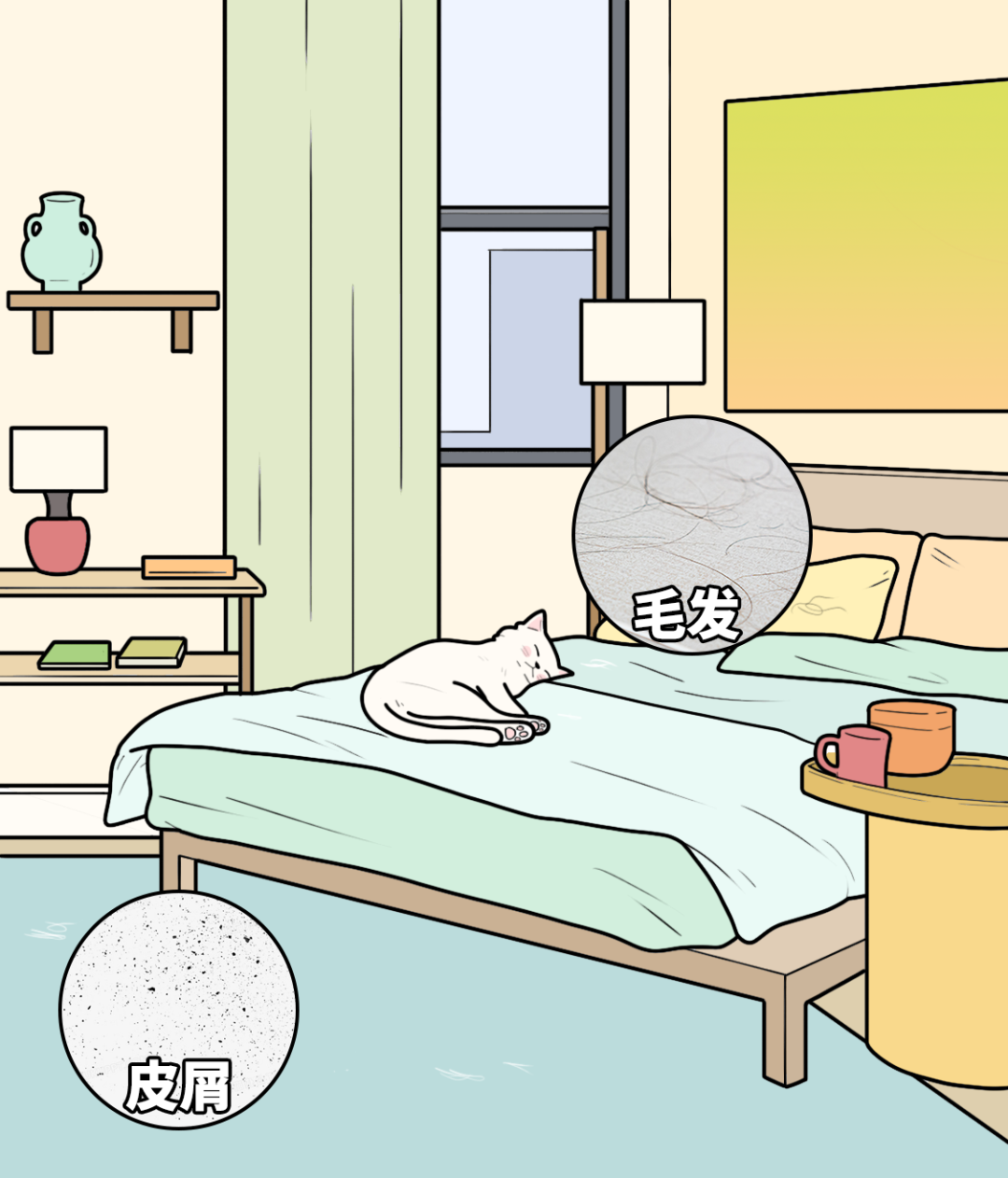
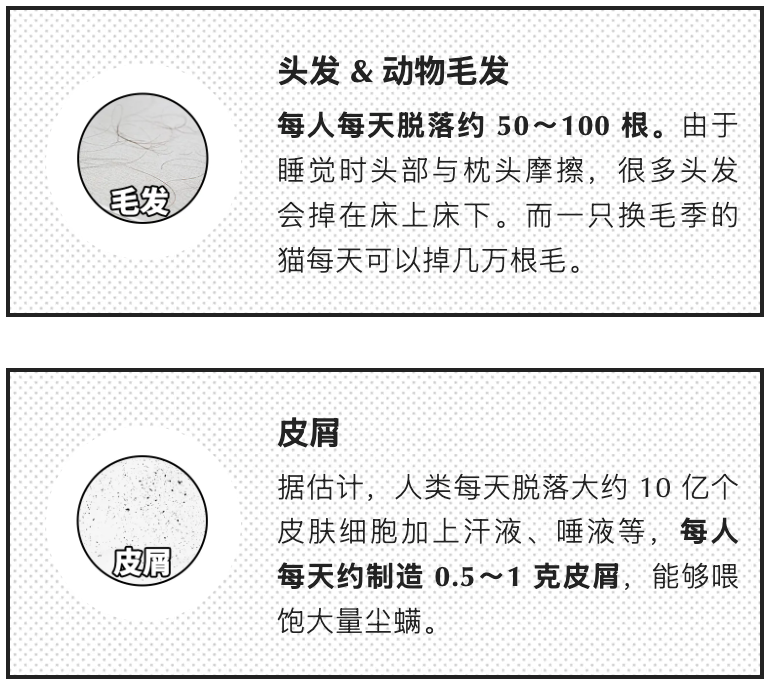
一个标准床垫中,生活着多达 200 万只尘螨。
尘螨会产生螨虫粪便,在它们 2 个月的生命中,这些粪便的重量总和是自身体重的 200 倍,是致过敏的元凶之一。
卫生间
Bathroom
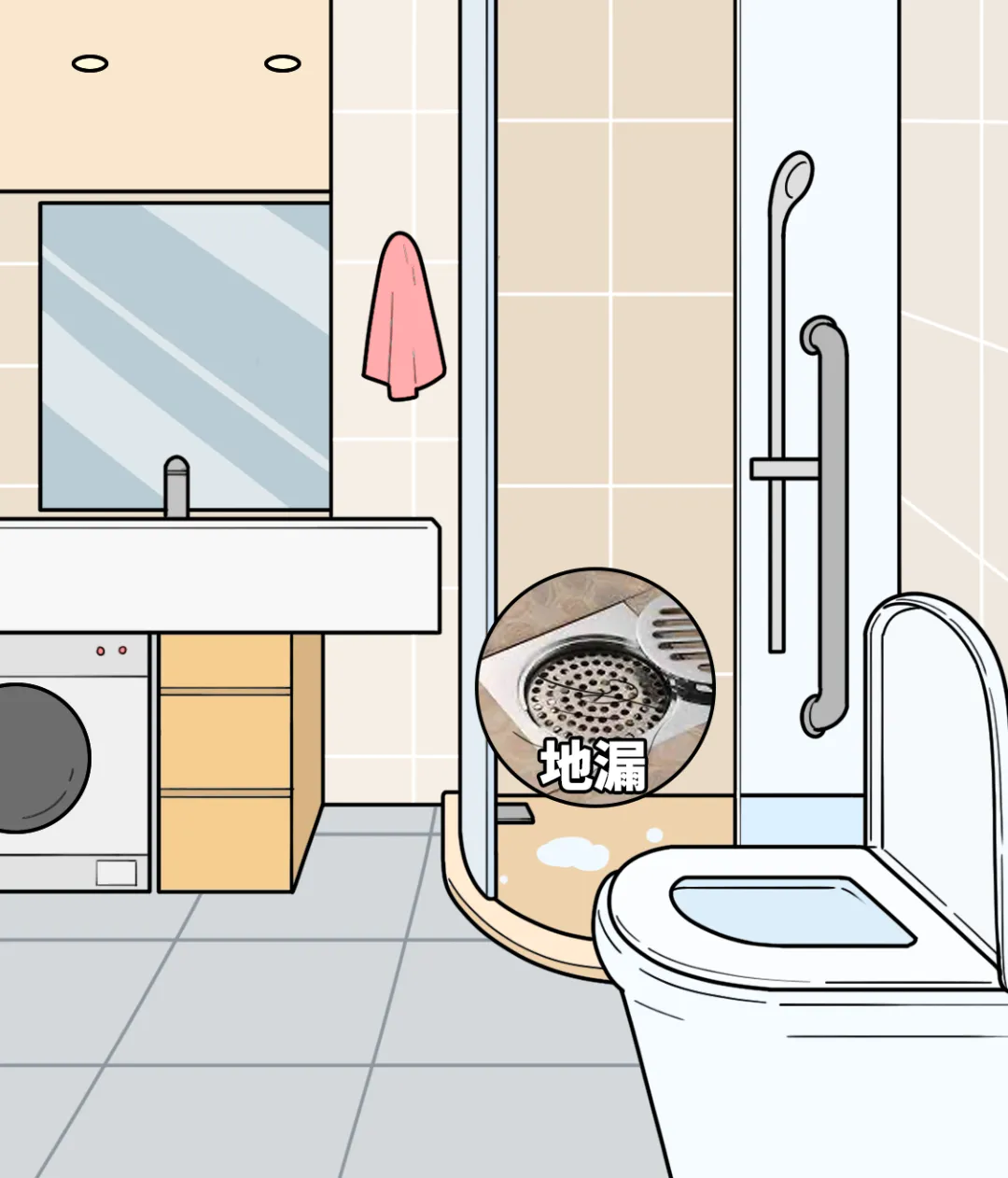
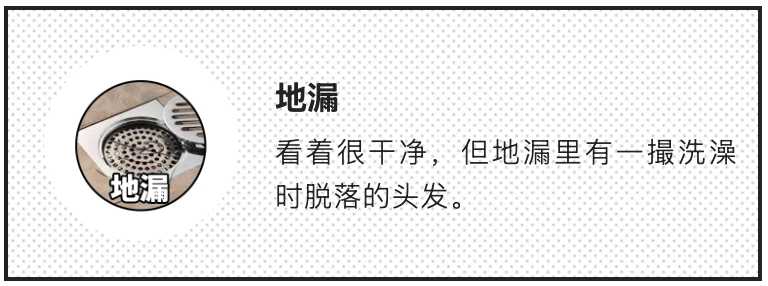
厨房
Kitchen
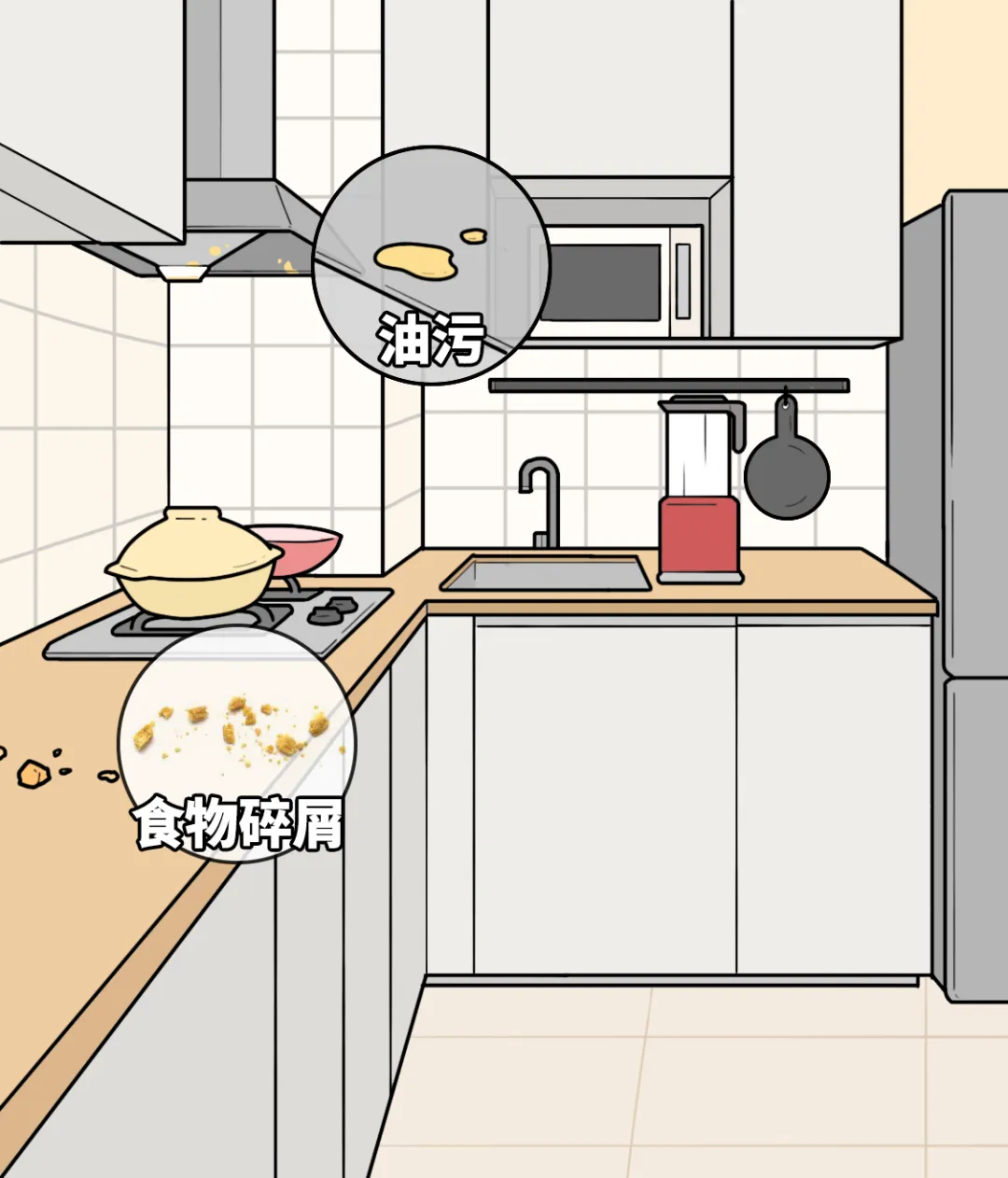

第三天:开始产生健康风险了……
客厅、卧室
Livingroom


空气每立方米中有 20~100 粒花粉,就足以造成过敏,而有些城市的「花粉天」每立方米可以达到好几千。
这些花粉会挂在衣物、床品等表面,及混合于室内灰尘中,如果致敏性较强,容易造成持续过敏。
其中,最容易被忽略的清理死角可能就是——窗帘。你家上一次清理窗帘是什么时候?
卫生间
Bathroom
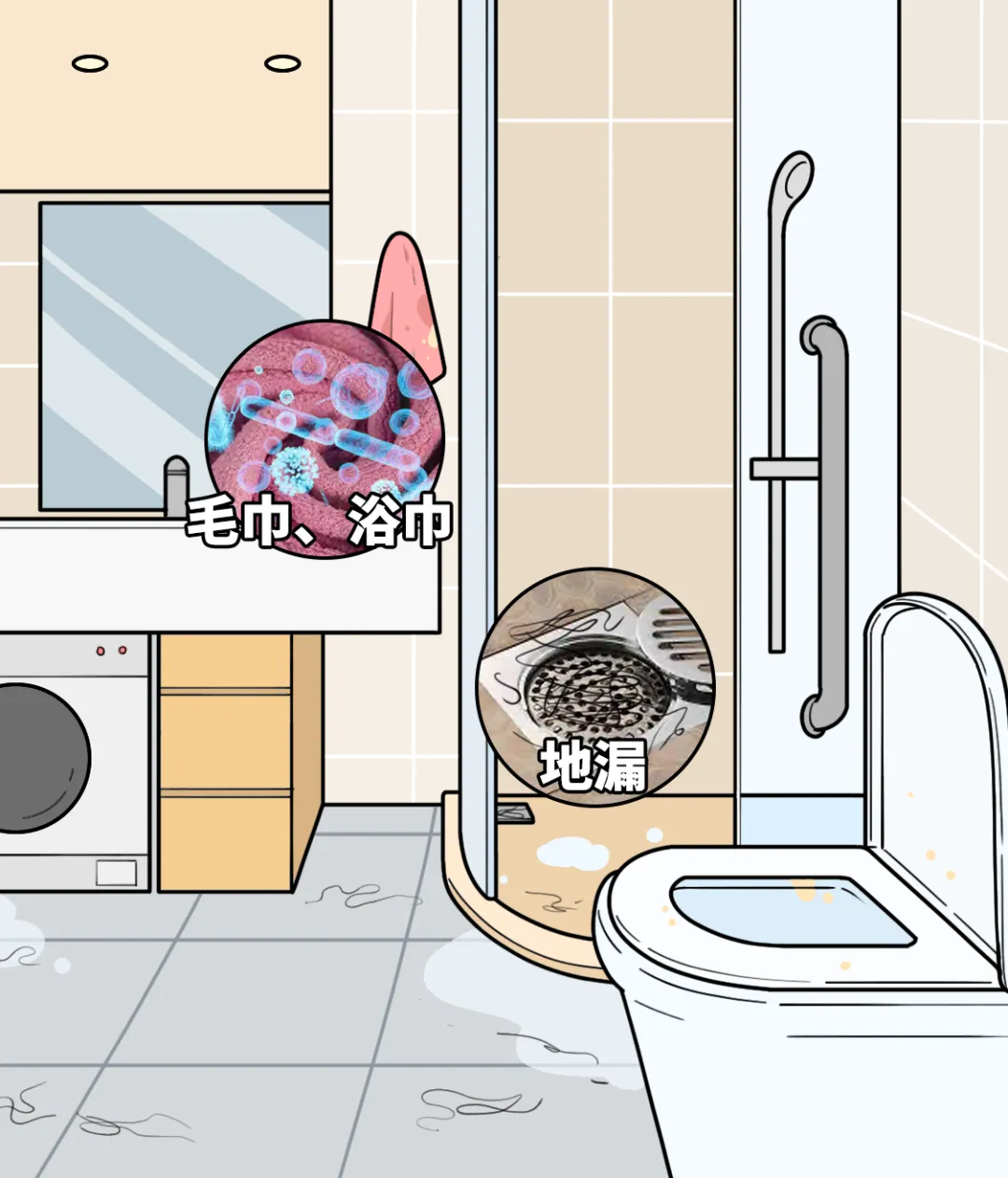
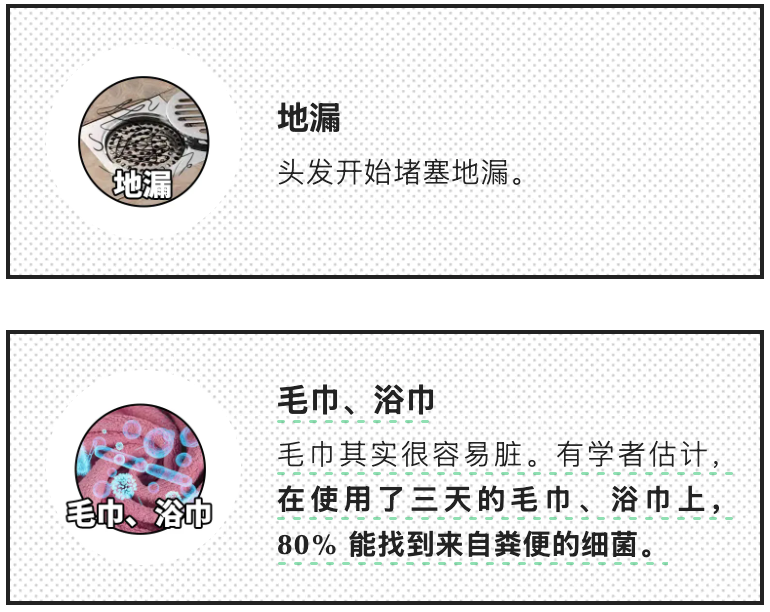
厨房
Kitchen


一星期:细菌、过敏原积累起来
卧室、客厅
Livingroom
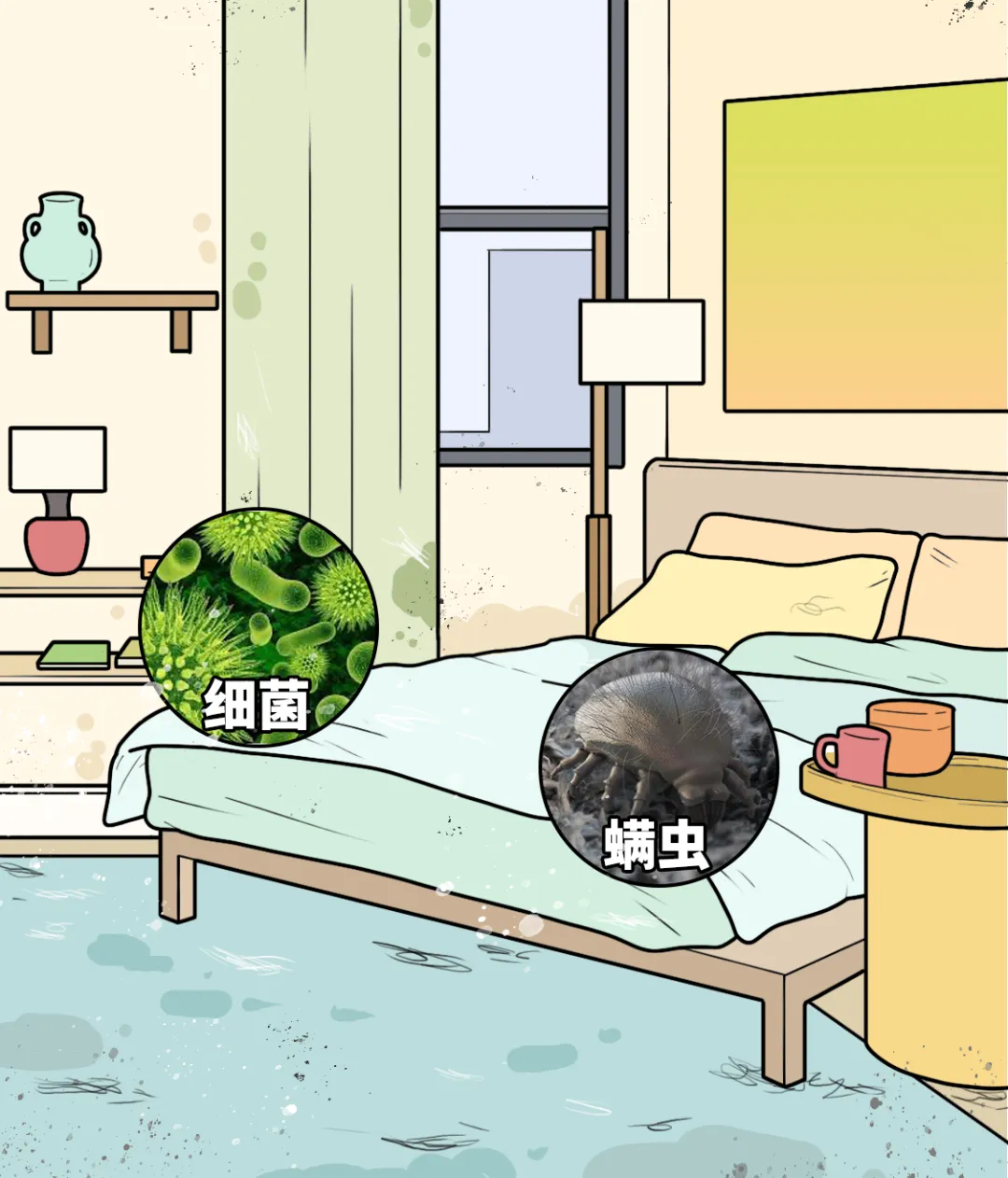

螨虫不但可能引发过敏性鼻炎、支气管哮喘、湿疹、荨麻疹等过敏性疾病,还可能诱发螨虫皮炎等皮肤问题。
过敏性结膜炎、特应性皮炎也可能由于螨虫过敏引起。
卧室和客厅里的细菌和真菌则会引发毛囊炎(包括疖子)等皮肤问题,尤其是在高温高湿的夏季。
卫生间
Bathroom
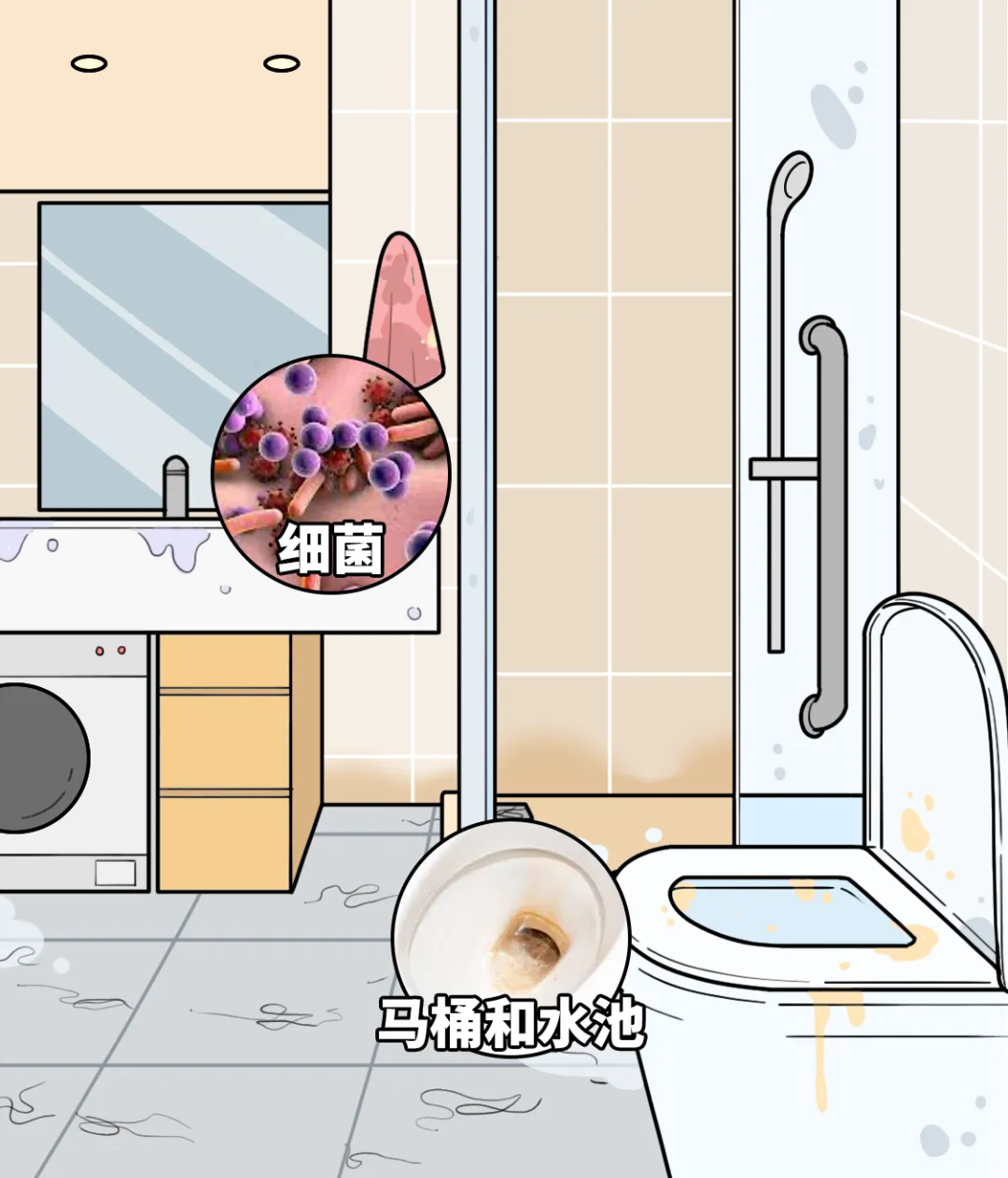
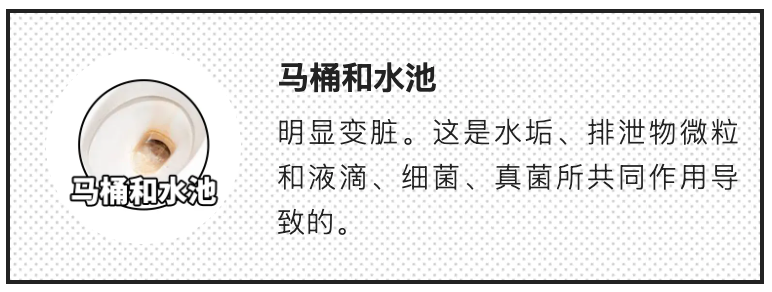
虽然马桶一般不太容易传播疾病,但一些研究显示,马桶表面及其冲起来的「水雾」可能传播肠道致病菌。
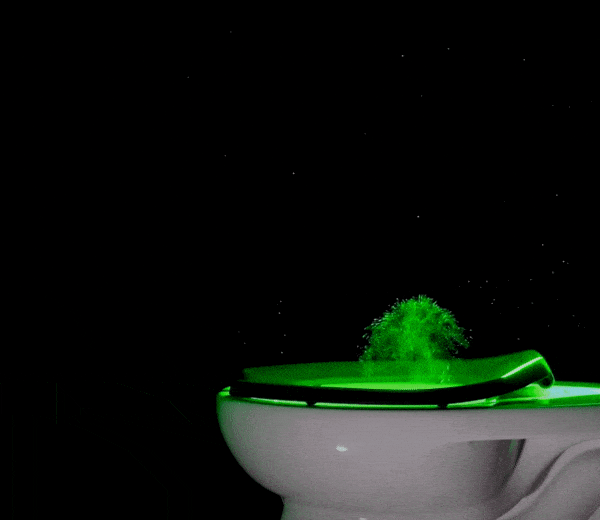
看过这张动图,冲马桶记得盖盖
别再使用布艺马桶圈了!
图片来源:史密森尼会刊
厨房
Kitchen
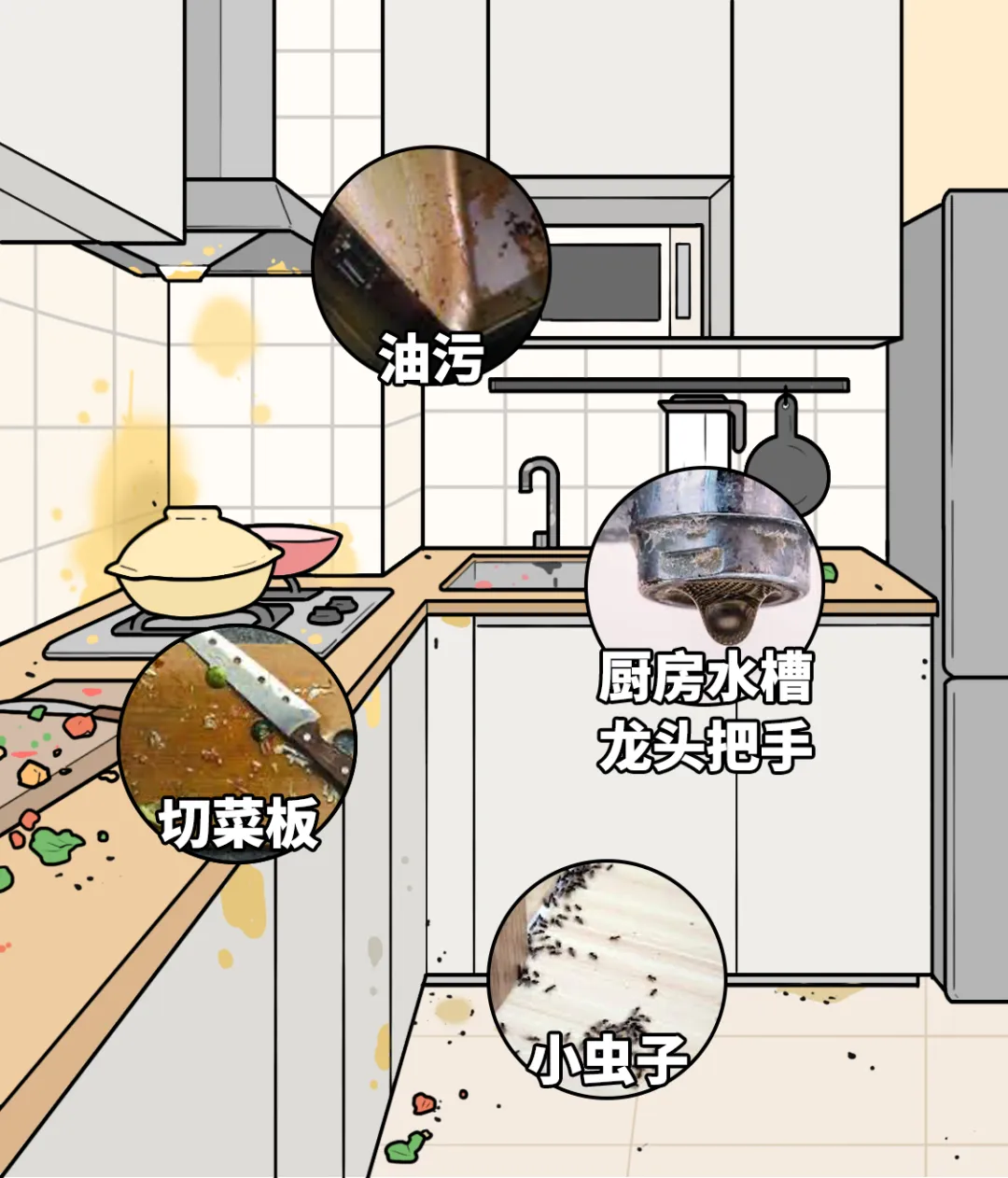

厨房细菌最大的危害就是引发肠炎等食源性疾病。
在 1998 年至 2008 年间美国报告的食源性疾病暴发中,9% 至 15% 发生在家里。
一个月:健康危害可太多了
卧室、客厅
Livingroom
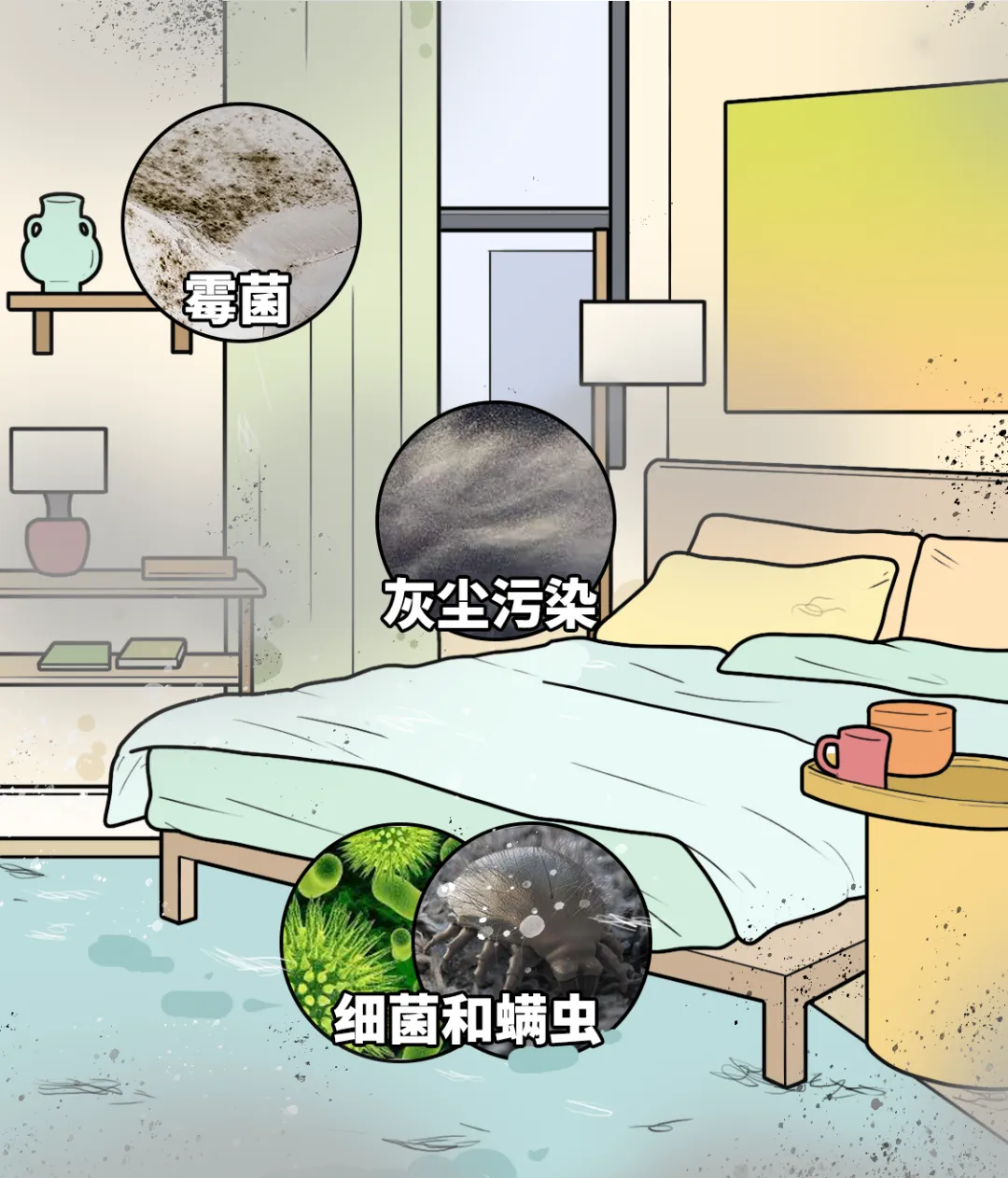

粉尘作为颗粒物悬浮在空中,类似于PM2.5,能附着甲醛等室内污染物,长期处于这种环境中,可能对心肺功能造成伤害。
粉尘中的溴化阻燃剂,杀虫剂残留,铅、砷、铬等重金属,塑料中的邻苯二甲酯类也逐步积累在灰尘中,带来多种健康威胁。
家里的灰尘还会干扰正常呼吸,造成轻度过敏症状,影响睡眠质量。
卫生间
Bathroom
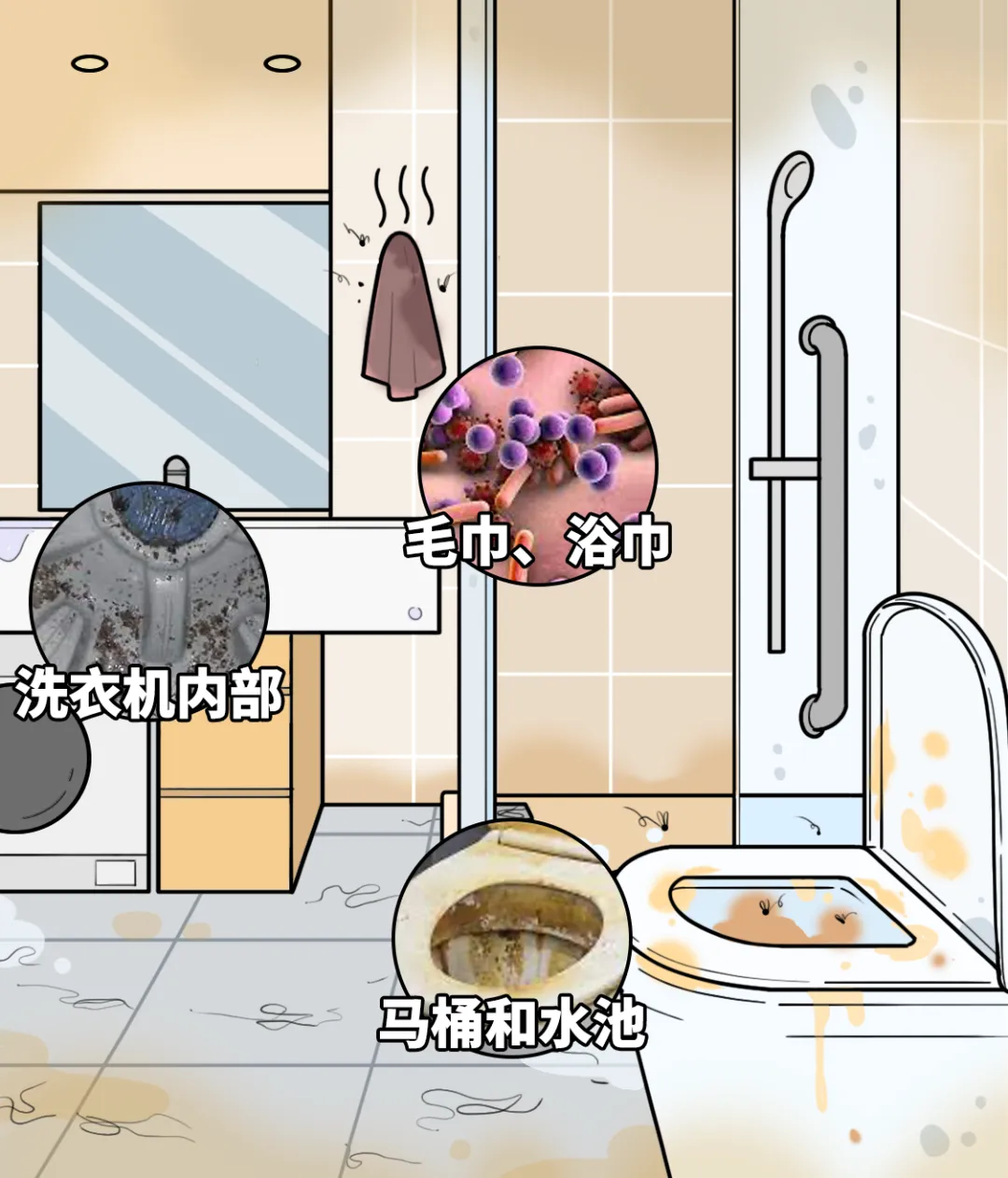
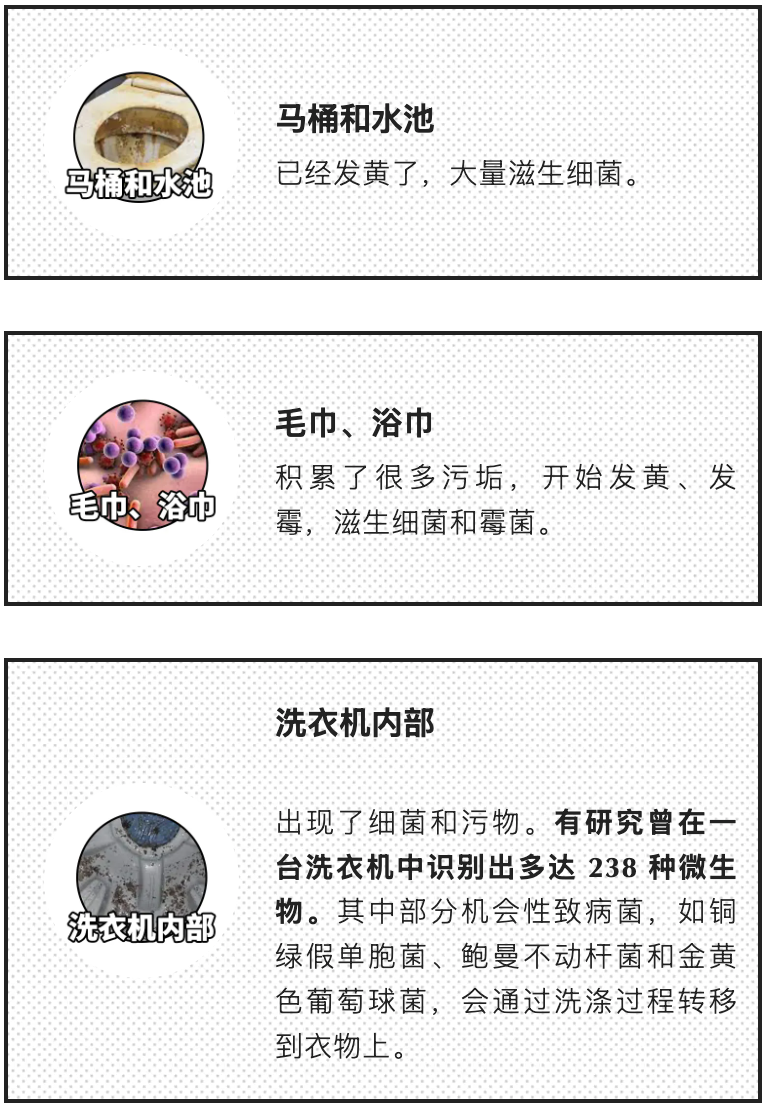
厨房
Kitchen
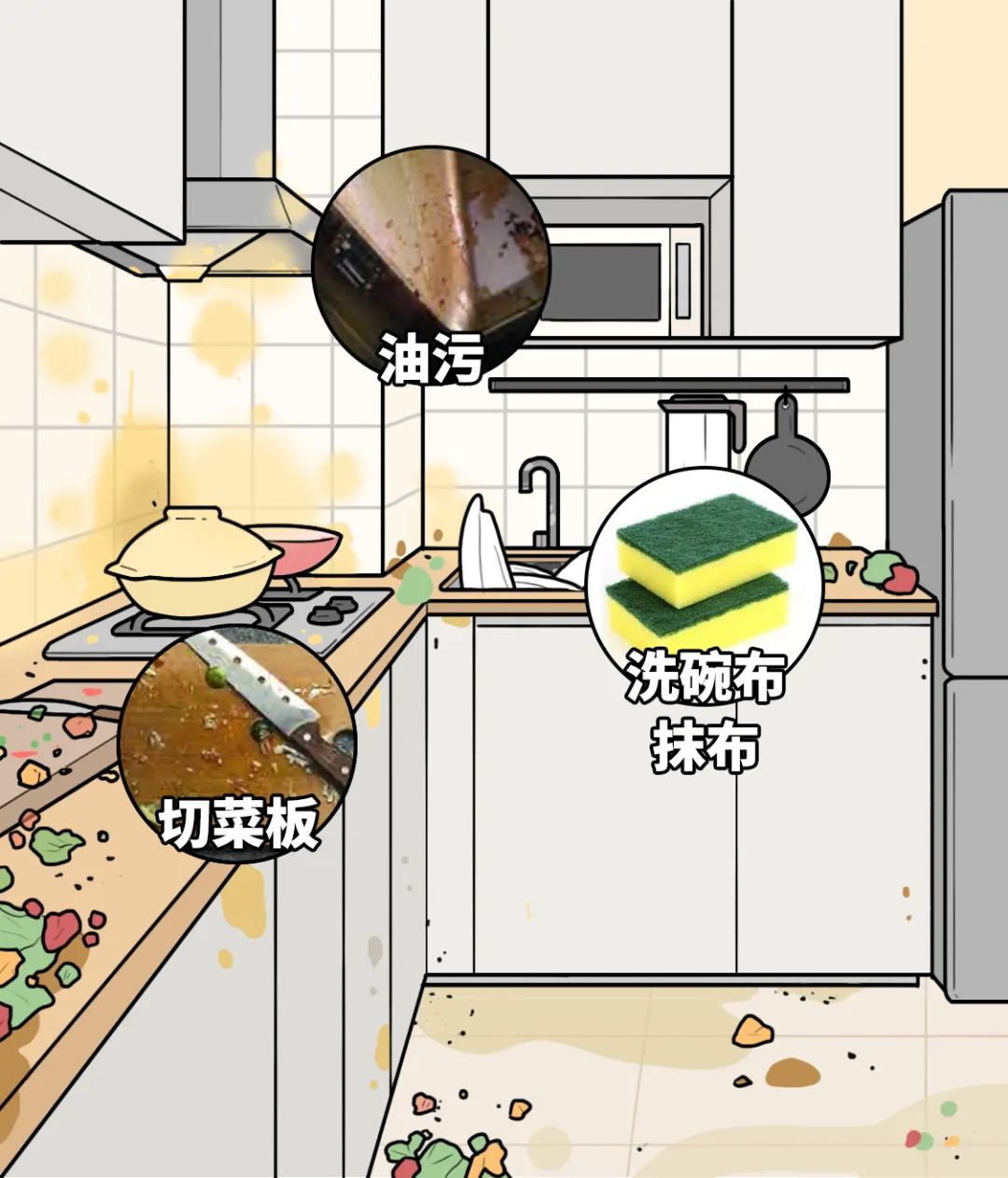

所以,总不收拾卫生,确实不利于健康,实锤应该已经足够多了。
夫妻吵架、亲子相争、室友矛盾……也都别争了。
我们推荐这样进行家庭清理:
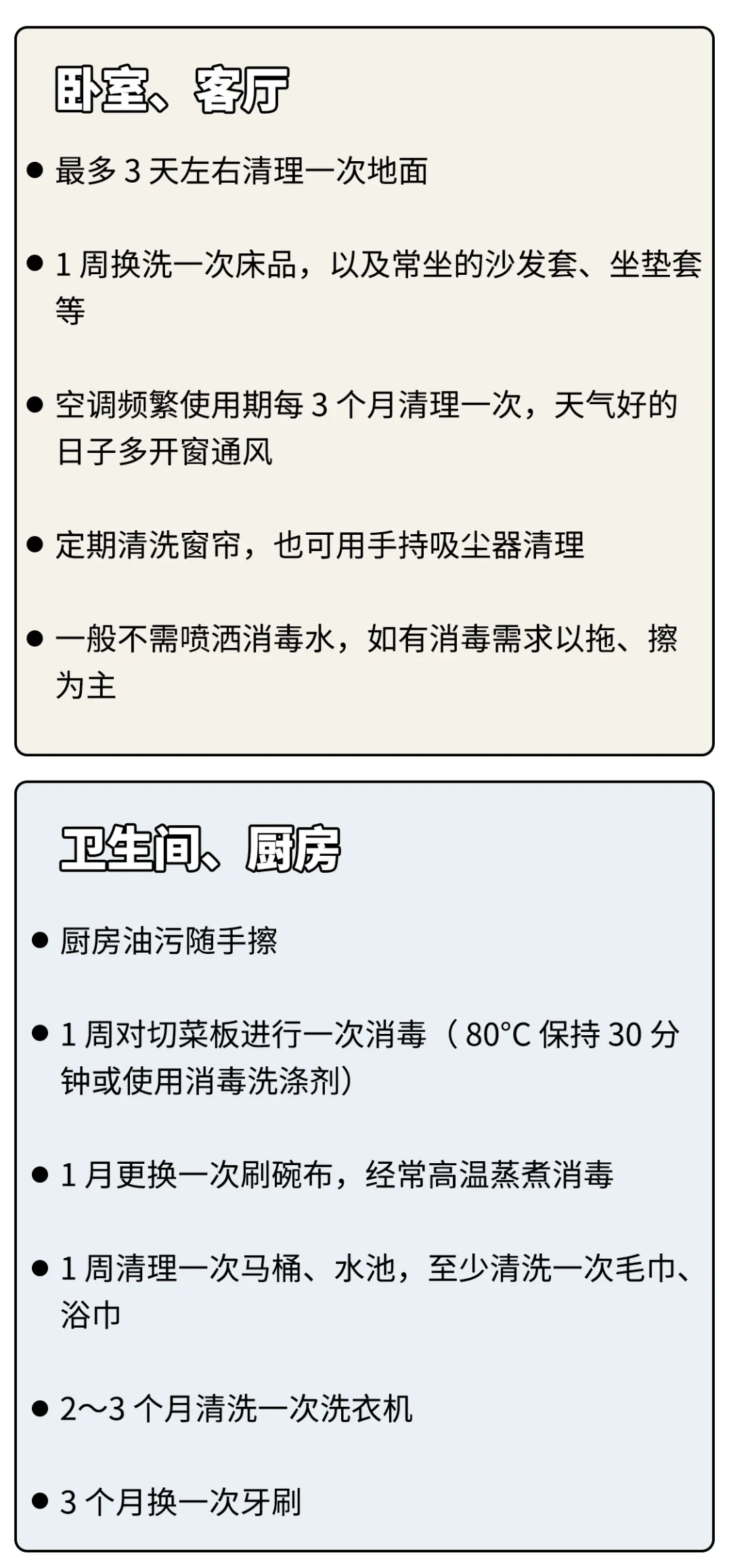
科学审核 曾小丽 主治医师 重庆市人民医院 过敏反应科
内容策划 ZYing
监制 Feidi
插画 Sam
参考文献:
[1]Olszak T, An D, Zeissig S, et al. Microbial exposure during early life has persistent effects on natural killer T cell function[J]. Science, 2012, 336(6080): 489-493.
[2]Sousa J. Association between home characteristics and occupant's behaviours and concentrations of bacteria, fungi and endotoxins[J]. Journal of Building Engineering, 2022, 45: 103409.
[3]Breysse P N, Diette G B, Matsui E C, et al. Indoor air pollution and asthma in children[J]. Proceedings of the American Thoracic Society, 2010, 7(2): 102-106.
[4]Kwan S E, Shaughnessy R, Haverinen-Shaughnessy U, et al. The impact of ventilation rate on the fungal and bacterial ecology of home indoor air[J]. Building and Environment, 2020, 177: 106800.
[5]Brighton W D, Topping M D. Human dander in house dust allergy[J]. Clinical & Experimental Allergy, 1977, 7(6): 577-582.
[6]Sarwar M. House dust mites: ecology, biology, prevalence, epidemiology and elimination[M]//Parasitology and Microbiology Research. IntechOpen, 2020: 26.
[7]Stewart G A, Robinson C. The structure and function of allergens[J]. Middleton's Allergy E-Book: Principles and Practice, 2019: 387.
[8]Hospodsky D, Qian J, Nazaroff W W, et al. Human occupancy as a source of indoor airborne bacteria[J]. PloS one, 2012, 7(4): e34867.
[9]Mendes M P, Lynch D J. A bacteriological survey of washrooms and toilets[J]. Epidemiology & Infection, 1976, 76(2): 183-190.
[10]A Microbiologist On How Often You Should Be Washing Your Towels https://www.mindbodygreen.com/articles/microbiologist-on-how-often-you-should-be-washing-your-towels
[11]Rusin P, Orosz‐Coughlin P, Gerba C. Reduction of faecal coliform, coliform and heterotrophic plate count bacteria in the household kitchen and bathroom by disinfection with hypochlorite cleaners[J]. Journal of Applied Microbiology, 1998, 85(5): 819-828.
[12]Byrd-Bredbenner C, Berning J, Martin-Biggers J, et al. Food safety in home kitchens: a synthesis of the literature[J]. International journal of environmental research and public health, 2013, 10(9): 4060-4085.
[13]Kuhn D M, Ghannoum M A. Indoor mold, toxigenic fungi, and Stachybotrys chartarum: infectious disease perspective[J]. Clinical microbiology reviews, 2003, 16(1): 144-172.
[14]Wang Y, Zhao Y, Xue L, et al. Effects of air purification of indoor PM2. 5 on the cardiorespiratory biomarkers in young healthy adults[J]. Indoor air, 2021, 31(4): 1125-1133.
[15]Johnson P I, Stapleton H M, Mukherjee B, et al. Associations between brominated flame retardants in house dust and hormone levels in men[J]. Science of the Total Environment, 2013, 445: 177-184.
[16]Tan S Y, Praveena S M, Abidin E Z, et al. A review of heavy metals in indoor dust and its human health-risk implications[J]. Reviews on environmental health, 2016, 31(4): 447-456.
[17]Tong S T Y, Lam K C. Home sweet home? A case study of household dust contamination in Hong Kong[J]. Science of the total environment, 2000, 256(2-3): 115-123.
[18]Leger D, Bonnefoy B, Pigearias B, et al. Poor sleep is highly associated with house dust mite allergic rhinitis in adults and children[J]. Allergy, Asthma & Clinical Immunology, 2017, 13: 1-9.
[19]Nix I D, Frontzek A, Bockmühl D P. Characterization of microbial communities in household washing machines[J]. Tenside Surfactants Detergents, 2015, 52(6): 432-440.
[20]Callewaert C, Van Nevel S, Kerckhof F M, et al. Bacterial exchange in household washing machines[J]. Frontiers in microbiology, 2015: 1381. Whitehead K, Eppinger J, Srinivasan V, et al. Potential for Microbial Cross Contamination of Laundry from Public Washing Machines[J]. Microbiology Research, 2022, 13(4): 995-1006.
[21]Cardinale M, Kaiser D, Lueders T, et al. Microbiome analysis and confocal microscopy of used kitchen sponges reveal massive colonization by Acinetobacter, Moraxella and Chryseobacterium species[J]. Scientific reports, 2017, 7(1): 5791.
[22]Maillard J Y, Bloomfield S F, Courvalin P, et al. Reducing antibiotic prescribing and addressing the global problem of antibiotic resistance by targeted hygiene in the home and everyday life settings: A position paper[J]. American journal of infection control, 2020, 48(9): 1090-1099.
[23]Basith S, Manavalan B, Shin T H, et al. The impact of fine particulate matter 2.5 on the cardiovascular system: A review of the invisible killer[J]. Nanomaterials, 2022, 12(15): 2656.